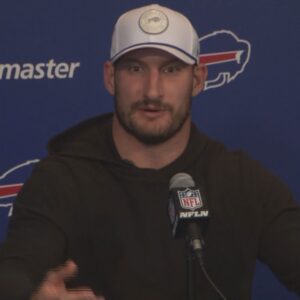Narrates the story of the first drop of blood between the two brothers “Abel and Cain”, Dragon’s Blood is the most important long-lived tree on the island, which stenographs the most important aromatic trees located in the area of Hajhar, Ayhavt and mountainous series of island. It is truly a blessed tree and a sign of beauty by which the island of Socotra in Yemen is characterized among the world’s trees. These trees are growing heavily in the rocky ground of the island at an altitude of 2000-5000 feet above the sea level, and according to old folk beliefs, the tree disturbs the jinn and expels ghosts and evil spirits from human and animal bodies.
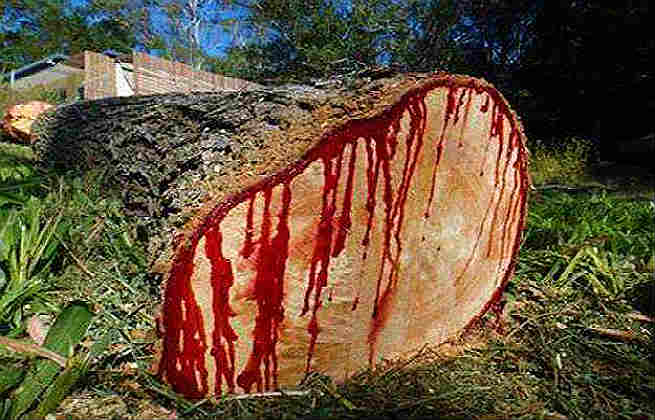
Its name is related to the myth that passed between generations in Yemen, which tells the story of the first drop of blood and the first bleeding between the two brothers Cain and Abel, and according to the legend, Cain and Abel were the first who lived in the island of Socotra, and when the first historical murder – mentioned in the Holy Qur’an – in the history took place and blood was shed germinated the Dragon’s Blood tree, which is the tree of blood of the two brothers ” Cain and Abel “, while historical sources say that it is dated back to the beginning of the first millennium BC.
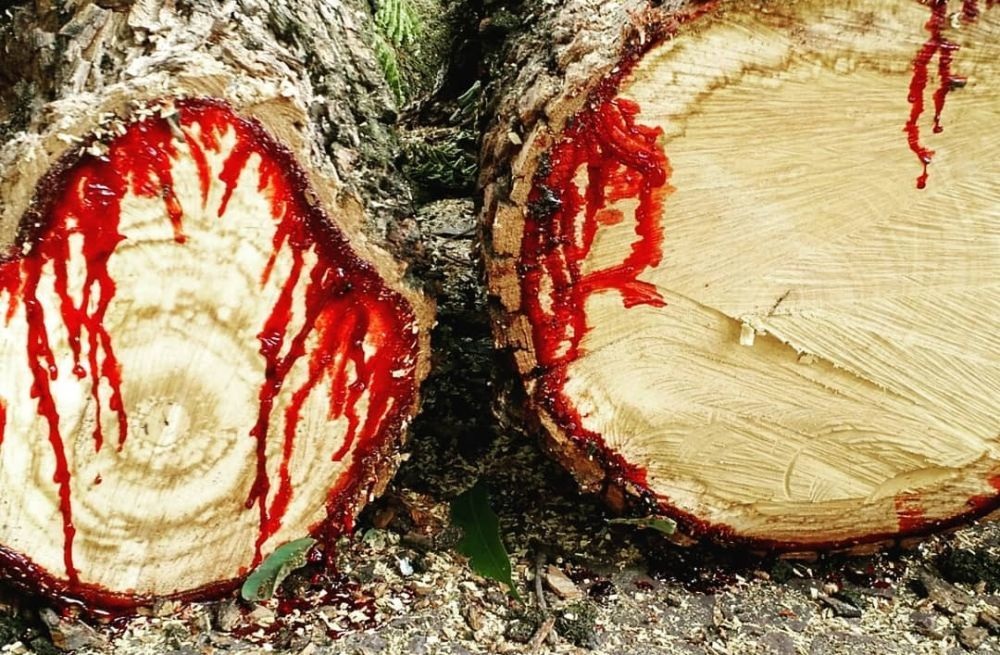
The dragon blood tree has a unique and strange appearance, with an “upturned, densely packed crown having the shape of an uprightly held umbrella”. This evergreen species is named after its dark red resin, which is known as “dragon’s blood”. Unlike most monocot plants, Dracaena displays secondary growth, D. cinnabari even has growth zones resembling tree rings found in dicot tree species. Along with other arborescent Dracaena species it has a distinctive growth habit called “dracoid habitus”.[3] Its leaves are found only at the end of its youngest branches; its leaves are all shed every 3 or 4 years before new leaves simultaneously mature. Branching tends to occur when the growth of the terminal bud is stopped, due to either flowering or traumatic events (e.g. herbivory).
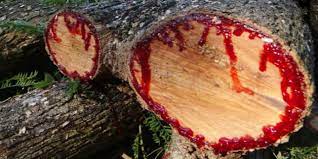
Its fruits are small fleshy berries containing between 1 and 4 seeds. As they develop they turn from green to black, and then become orange when ripe. The berries are eaten by birds (e.g. Onychognatus species) and thereby dispersed. The seeds are 4–5 mm in diameter and weigh on average 68 mg.[4] The berries exude a deep red resin, known as dragon’s blood.[5]
Like other monocotyledons, such as palms, the dragon’s blood tree grows from the tip of the stem, with the long, stiff leaves borne in dense rosettes at the end (4, 5, 7). It branches at maturity to produce an umbrella-shaped crown, with leaves that measure up to 60 cm long and 3 cm wide. The trunk and the branches of the dragon blood are thick and stout and display dichotomous branching, where each of the branches repeatedly divides into two sections.
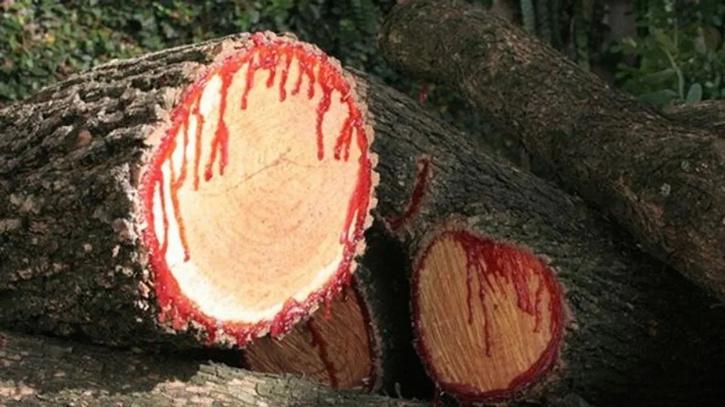
The dragon’s blood tree usually produces its flowers around March, though flowering does vary with location. The flowers tend to grow at the end of the branches. The plants have inflorescences and bear small clusters of fragrant, white, or green flowers. The fruits take five months to completely mature. The fruits are described as a fleshy berry, which changes from green to black as it gradually ripens. The fleshy berry fruit ends up being an orange-red color that contains one to three seeds. The berries are usually eaten and dispersed by birds and other animals.
The different shape of the dragon’s blood tree is an adaptation for survival in arid conditions with low amounts of soil, such as in mountaintops. The large, packed crown provides shade and reduces evaporation. This shade also aids in the survival of seedlings growing beneath the adult tree, explaining why the trees tend to grow closer together
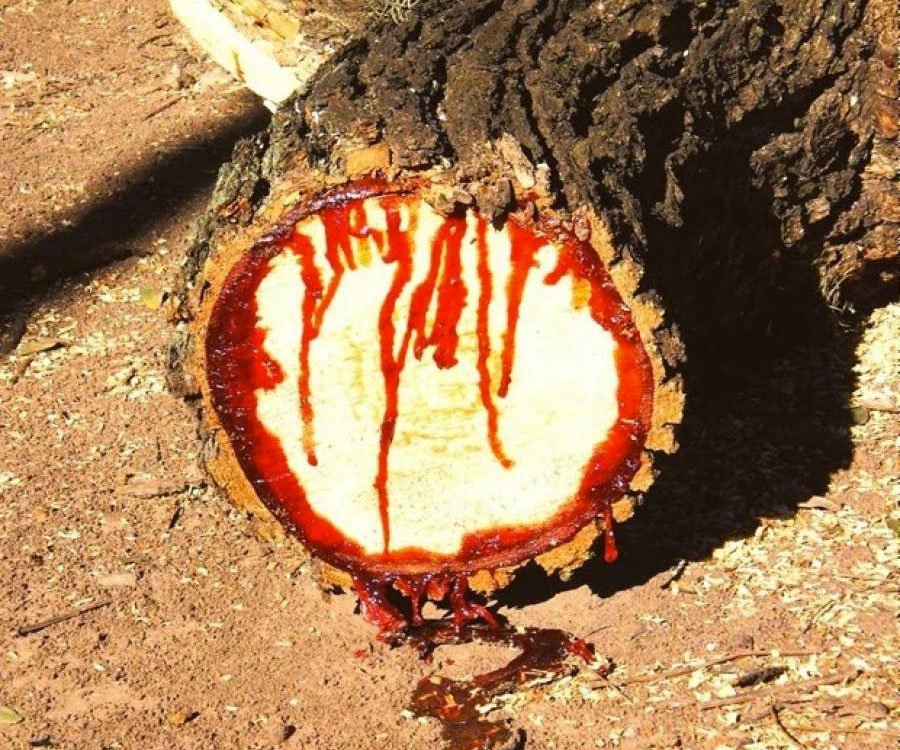
The first description of D. cinnabari was made during a survey of Socotra led by Lieutenant Wellsted of the East India Company in 1835. It was first named Pterocarpus draco, but in 1880, the Scottish botanist Isaac Bayley Balfour made a formal description of the species and renamed it as Dracaena cinnabari.[6] Of between 60 and 100 Dracaena species, D. cinnabari is one of only six species that grow as a tree
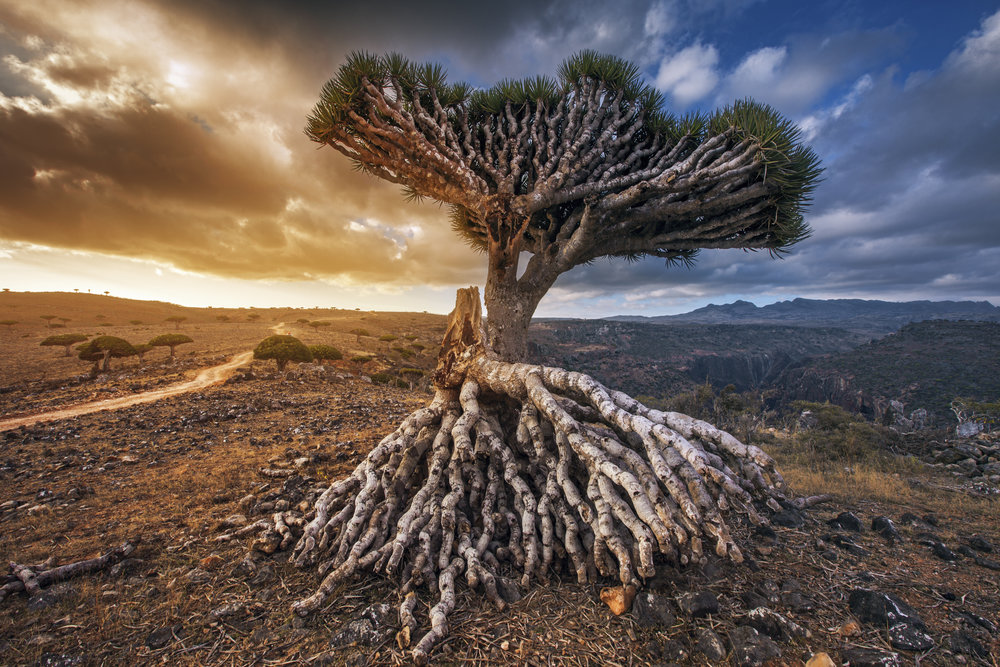
Although most of its ecological habitats are still intact, there is an increasing population with industrial and tourism development. This is putting more pressure on the vegetation through the process of logging, overgrazing, woodcutting and infrastructure of development plans. Though the dragon’s blood tree is highly widespread, it has become fragmented due to the development that has occurred in its habitats. Many of its populations are suffering due to poor regeneration. Human activities have greatly reduced the dragon’s blood population through overgrazing, and feeding the flowers and fruits to the livestock of the island. One of the species’ greatest threats is the gradual drying out of the Socotra Archipelago, which has been an ongoing process for the last few hundred years. This has resulted in non-flourishing trees, and the duration of the mist and cloud around the area seems to also be decreasing. Increasing arid environments is predicted to cause a 45 percent reduction in the available habitat for D. cinnabari by the year 2080.[8]
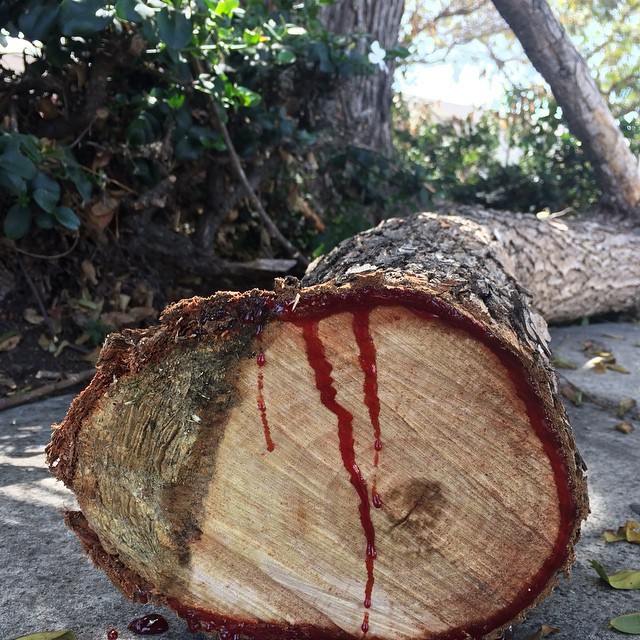
Additional threats to the dragon’s blood tree include harvesting of its resin and use of the leaves to make rope. Presently some of the dragon’s blood trees have been used to make beehives. This was generally prohibited; this displays how the species may be threatened by a breakdown in the traditional practices of the island.[citation needed]
The best preserved and largest stand of D. cinnabari is on the limestone plateau named Rokeb di Firmihin. This approximately 540 hectares (1,300 acres) forest has numerous rare and endemic species. Research shows that in coming decades the number of trees in this forest will decrease due to the lack of natural regeneration

The trees can be harvested for their crimson red resin, called dragon’s blood, which was highly prized in the ancient world and is still used today. Around the Mediterranean basin it is used as a dye and as a medicine, Socotrans use it ornamentally as well as dyeing wool, gluing pottery, a breath freshener, and lipstick. Because of the belief that it is the blood of the dragon it is also used in ritual magic and alchemy.
